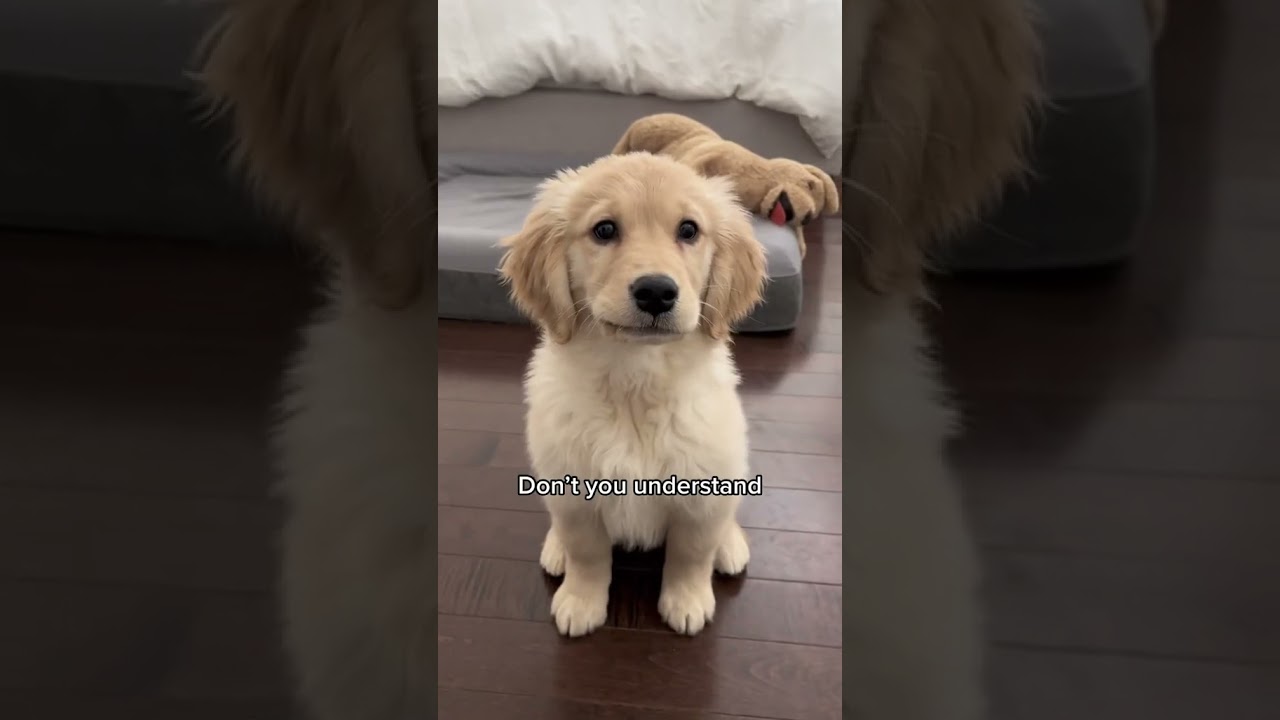The Science behind Classical Conditioning and Golden Retriever training
Introduction
Training a golden retriever can be lots of fun for both the owner and the dog. Golden retrievers are really smart, obedient, and gentle. You can use something called classical conditioning to train them and make a strong bond with them. In this blog post, we will learn about classical conditioning and how it can help train golden retrievers.
The Science behind Classical Conditioning
Classical conditioning is a way for animals and people to learn new things by linking a normal thing with something important. A scientist named Ivan Pavlov discovered it a long time ago. It has two important parts: the important thing and the normal thing. The important thing makes a response happen naturally, while the normal thing doesn’t really mean anything. But when you put them together many times, the normal thing starts to mean something to the animal or person.
For example, imagine trying to teach your golden retriever to know that a clicking sound means they will get a treat. At first, the clicking sound doesn’t mean anything to the dog. But if you keep playing the clicking sound when you give them a treat, they will learn that the sound means a treat is coming. Then, when you make the clicking sound, the dog will get excited because they know a treat is on the way.
Golden Retriever Training using Classical Conditioning
You can train your golden retriever really well using classical conditioning. Here are some tips to help you:
1. Decide what behavior you want to teach your golden retriever. You can teach them to sit, stay, or walk on a leash. It’s important to have a goal in mind before you start.
2. Choose a reward that your dog really likes. This can be treats, kind words, or gentle pets. This reward will help motivate your dog to do the right thing.
3. Pick a signal that will go with the reward. This signal can be a word, a hand movement, or a special sound. Use this signal every time you want your dog to do the behavior you’re teaching.
4. Show your dog the signal and give them the reward right after they do the behavior you want. Keep doing this a lot so that your dog learns that when they see the signal, they will get a reward.
5. As your dog gets better at knowing the signal and doing the behavior, you can start giving them the reward less often. Eventually, just the signal alone will be enough for your dog to understand what you want them to do.
FAQs about Classical Conditioning and Golden Retriever Training
Q1: How long does it take to train a golden retriever using classical conditioning?
A1: It can take different amounts of time to train a golden retriever depending on how old they are, what they have learned before, and how hard the behavior is to teach. It’s important to be patient and keep trying, and it can take a few weeks to a few months to see progress.
Q2: Can classical conditioning be used to stop bad behaviors in golden retrievers?
A2: Classical conditioning can sometimes help with bad behaviors, but it mostly helps with teaching positive things. For example, if a golden retriever is scared of something, you can use classical conditioning to make them think of good things when they see it. But for more complicated problems, you might need to try different training techniques.
Q3: Are there any limits to classical conditioning in golden retriever training?
A3: Classical conditioning is a great tool, but it has some limits. It’s best for teaching simple things and causing natural responses. It might not work as well for teaching complicated things that need more thinking from the golden retriever. For those things, other training techniques might be better.
References
– Pavlov, I. P. (1927). Conditioned Reflexes. Oxford, England: Oxford University Press.
– Overall, K. (2013). Manual of Clinical Behavioral Medicine for Dogs and Cats. St. Louis, MO: Elsevier Health Sciences.
– Yin, S. (2009). How to Behave So Your Dog Behaves. Hoboken, NJ: TFH Publications.
Note: This blog post is for information only and should not replace help from a professional. Always talk to a certified dog trainer or behaviorist for specific training needs.
















